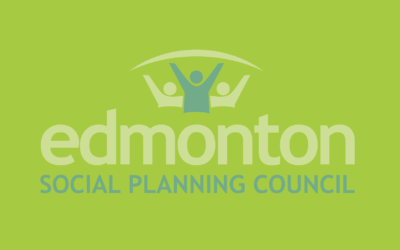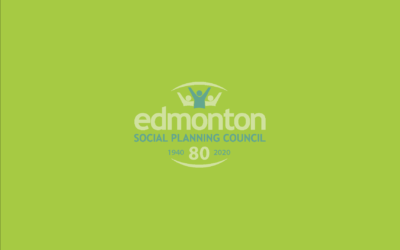Blog: Literacy and Poverty Reduction: Exploring Barriers to Success

It’s worth noting that the information we have on adult literacy rates is limited. The federal government only started tracking this in 2012, and has scheduled data collection on a ten-year cycle. This means that the data we currently rely on is nearly a decade old, and the next available data will be released in 2023. That being said, we can still understand the importance of literacy skills as a means to economic and personal success.
Literacy and essential skills are defined as a person’s ability to “interpret information, make decisions, and solve problems in personal, work, and community life.” Frontier College is a Canadian literacy organization with a focus to increase adult literacy and skills, and in 2019 published a report on the topic: Literacy and Essential Skills as a Poverty Reduction Strategy. The key idea? Meaningful poverty reduction strategies in Canada must include literacy programming.
Literacy and poverty in Canada
Measurement of literacy rates is scaled from 0 to 5. Those who fall within levels 1-2 are least literate, while a rate of 3 is considered a standard high school literacy level. Nationally, 17% of Canadians have literacy skills at level 1, while another 32% are rated at level 2—that is nearly half of all Canadians (49%) who are struggling with literacy skills below level 3.
There is definitive evidence on the relationship between literacy skill level and household income. It can be much harder to find a job with low literacy skills, and the jobs that are available are often low-wage. Evidence shows that “adults with low literacy skills are less likely to be employed and tend to stay unemployed for longer periods” (Frontier College, 2019, p. 2). For individuals with literacy rates in the lowest category, 29% were low-income households (Statistics Canada, 2016).
This leads us to discover further nuances in the evidence, as “research on low income has emphasised certain at-risk groups. These are demographic groups that have higher low-income rates, such as recent immigrants, Aboriginal persons, unattached non-elderly persons and people with activity limitations…. while 17% of all persons had a literacy score of in the lowest category, 30% of recent immigrants, 26% of Aboriginal persons, 27% of unattached non-elderly persons and 23% of people with an activity limitation had a literacy score level in the lowest category in 2012” (Statistics Canada, 2016, p. 2).
In terms of earnings, we can see that “literacy skill level and household income are positively related. At $84,600, the median household income for individuals with the highest literacy proficiency (level 4 and level 5) was 70% higher than it was for those with lowest literacy proficiency (level 1 and below), and 33% higher than for those in the level 2 proficiency category” (Statistics Canada, 2016, p. 2).
The report
Literacy improvement provides low-skilled adults with resources to face challenges in everyday life—resources such as improved confidence, greater autonomy, and increased resilience.
Frontier College conducted a comprehensive study to analyze literacy service providers and offer best practices in programming, providing a snapshot of the current state of literacy programming across Canada, along with recommendations for an integrated poverty reduction strategy framework.
The report outlines numerous barriers that affect an individual’s access to literacy programming. However, poverty itself is first and foremost a barrier to accessing learning opportunities. “The experience of living in poverty is the primary barrier for individuals seeking to participate in skill upgrading programs. An individual who lacks the resources they need to pay for basic necessities, whether it be food, shelter, clothing, or transportation, is unable to consider the possibility of accessing [literacy] programs or holding down a job” (Frontier College, 2019, p. 20). For many, poverty creates intersectional and compounding challenges like limited mobility, poor health, low-income, and shelter.
The study found that the most significant structural barriers were access to reliable transportation (80%) and access to child care services (77%). Other barriers were more personal, including negative experiences with education and learning (80%), addictions (70%), and health issues (70%). Further challenges with food insecurity, access to stable housing, limited social networks of support, language, and general well-being act as compounding factors to overcoming these barriers. By offering holistic, integrated service delivery models (that is, supports for multiple barriers in one single location), service providers can help to mitigate some of these challenges by building a sense of trust, community, and opportunity.
Literacy skills can help to improve the quality of an individual’s life, and alleviate some of the harms caused by poverty. We at ESPC are aware of the connections between literacy and poverty, having previously produced information sheets on the topic (back in 2012 and 2015), in addition to an on-going project in collaboration with The Learning Centre Literacy Association. An integrated solution in Canada will only serve to strengthen our communities; knowing that Canada’s current Poverty Reduction Strategy incorporates literacy is a great start. To ensure this remains a long-term and effective strategy to help eliminate poverty, providing access to opportunities for those who need them the most must be a priority.



